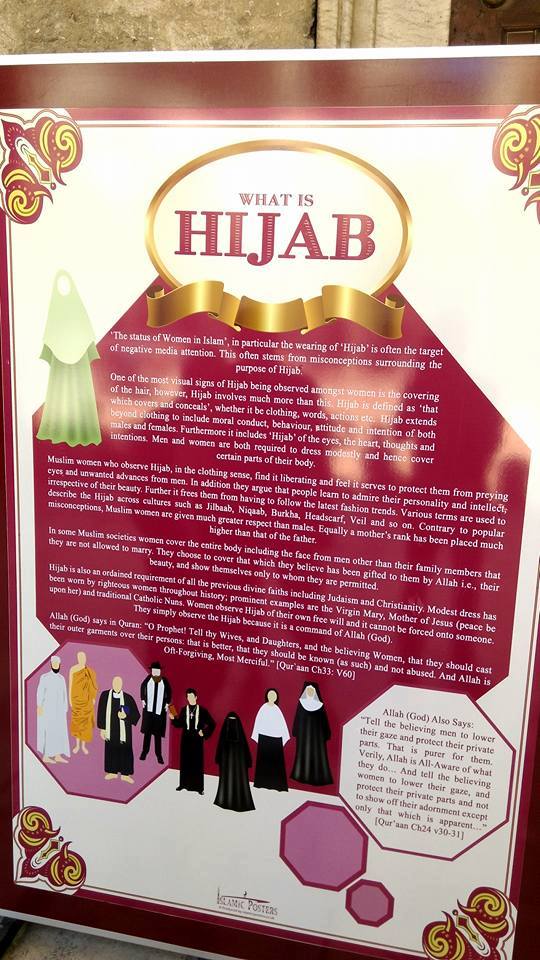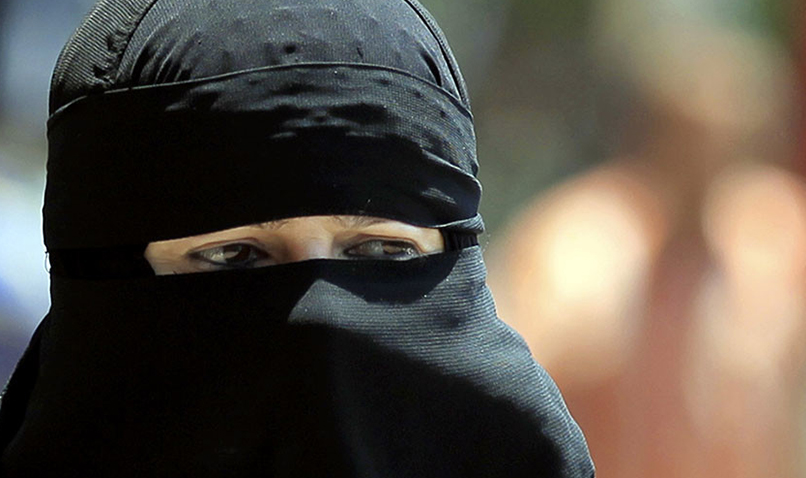Come election season and media houses start publishing incidents of apparent communal intolerance that seems to have occurred in that state. Recently, an article on a teacher putting in her resignation on being forced to remove her burqa was published in all the major news daily’s (including the ones in Pakistan).
A teacher, Miss. Shabina Khan Nazneen, aged 25 years, put in her resignation papers on the 6th December, 2016 alleging that her religious sentiments were being compromised because of the strict enforcement of the school dress code (for employees).
While all the teachers remove the burqa/head scarf when teaching in school, she set her record straight of wanting to follow her religious beliefs over the code of conduct set by the institution.
Sabina had been teaching as an IT (Information technology) teacher for the past 3 odd years in Vivek English High School, Kasaiwada. The school is a Private unaided Institution, which can by all means have its own dress-code policy.
Post resignation, she approached Jai Ho Foundation (an NGO) for help, which further wrote a letter to the education minister ‘Vinod Tawde’ to escalate the matter. The trustee of the NGO, Mr. Atul Khatri without understanding the intricacies of the matter seemed determined to cash-in on the limelight by stating that, “This is in violation of her fundamental right to religion and personal liberty. We have urged minister to initiate an enquiry into the matter and act against the wrong-doers.”
The loophole in the argument of the teacher (Sabina) and the NGO trustee can be handpicked starting from religious intolerance on the part of the teacher to the baseless allegation that her fundamental rights to religion and personal liberty were violated. Any private institution has the right to implement dress-codes and no one is above can circumvent that law based on religious beliefs.
Imagine if a Man (Pandit) by his dharma, wore a janevu on his bare body above a dhoti? The same way wearing a burqa/head scarf when on duty cannot be made acceptable in a private organization (institution) just because one (of the many employees) is not okay practicing the code of conduct. Schools are temples (sacred places) of learning and any attempt to radicalize/communalize it cannot be accepted.
Contrary View:
There are a few who make a veiled argument by stating that, when a Sardar is allowed to carry a Kirpan, why can’t a woman wear a burqa, to save herself from prying eyes. Or the fact that when women wear Saris with pallus over covering their head isn’t that also the same.
The argument made by these falls flat when the reasoning behind the same is dissected. A burqa is worn by a woman to cover her entire body saving herself from the prying eyes of men and to save her-self from having to follow the prevalent fashion in her surroundings. Attached herewith is a picture of a poster outside a Mosque (explaining the reasoning for the same): 
The principle of the school, Mr. Vikram Pillai who had raised an objection to this practice had been rightfully following his duty to ensure that the school does not become a place where religious ideologies were imparted in the name of ‘personal’ religious freedoms.
In the particular instant, the right of the teacher to practice her religion (Islam) was never stopped by the senior, all that she was told was to remove her head scarf/ burqa before teaching the students in school, which by all means is a fair and reasonable restriction.
The unrestricted freedom granted over the past 60 odd years under the congress rule has blurred the concept of reasonable restrictions that come along with the freedom. The Supreme Court had expressed its opinion in S.R. Bommai v. Union Of India that the freedom of religion is granted to all persons of India, but in the particular case at hand, the right of the teacher to practice her religion (to read the Quran, practicing Namaz) has not been restricted by the school.
It’s the right time for the Supreme Court to take Suo-moto cognizance of this matter, considering its the era to abolish obsolete practices (like triple talaq being ruled as unconstitutional by the Allahabad High Court), the iron is hot enough to be beaten into the requisite mould for future references. Also, considering that since the same rules were made to apply to all the other employees, as a uniform practice, the allegations put-forth by the teacher cannot be taken to be against the nature of Article 14 and 19. The school in the present case did not put any restriction on the teacher’s right to practice her religion outside her line of duty, but only asked for her to
Conclusion:
This is the first of the instances being blown out of proportion by the media for the same to be highlighted in the upcoming UP state elections and Mumbai (municipal) elections, and many more are to be expected wherein allegations of intolerance against the minority by the majority would be highlighted by the media and politicians alike. It is important to note that the article is not against feminism or against the upliftment of a particular gender.
PS: The Frustrated Indian will continue to keep a tab on such events, pointing them out to ensure that the citizens of this country do not fall prey to propaganda’s which seek to take this country back in time.
Save
